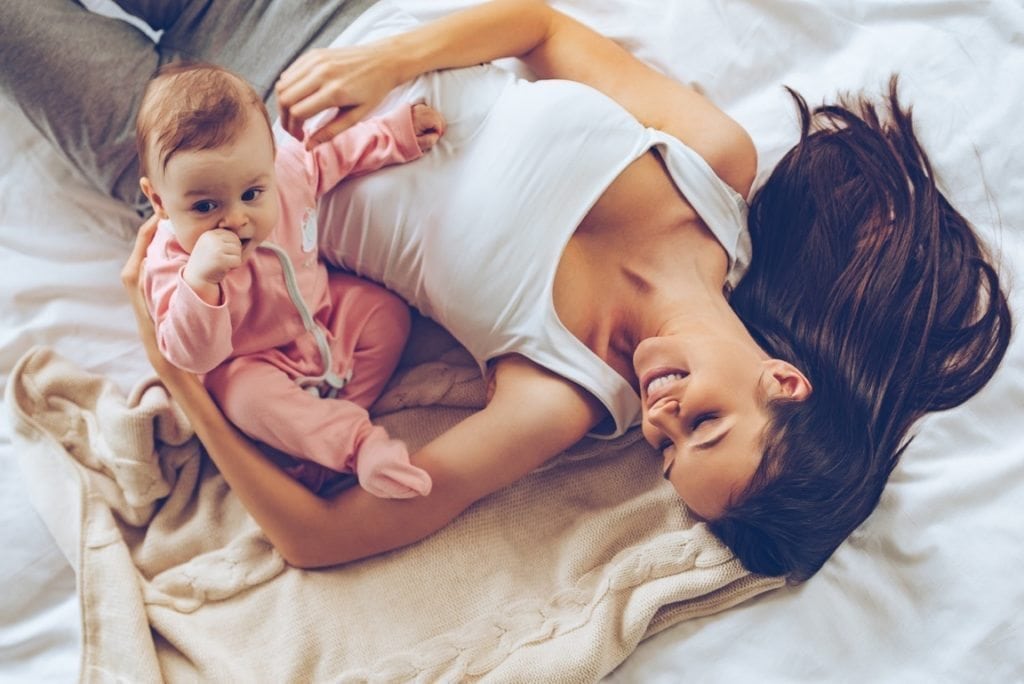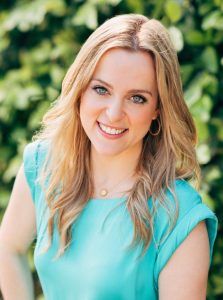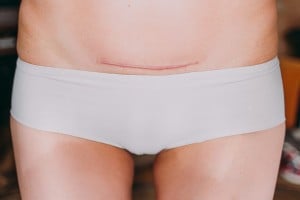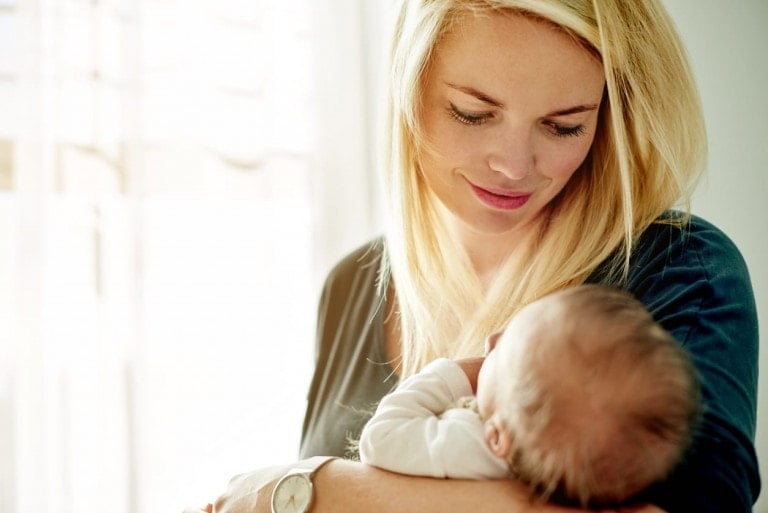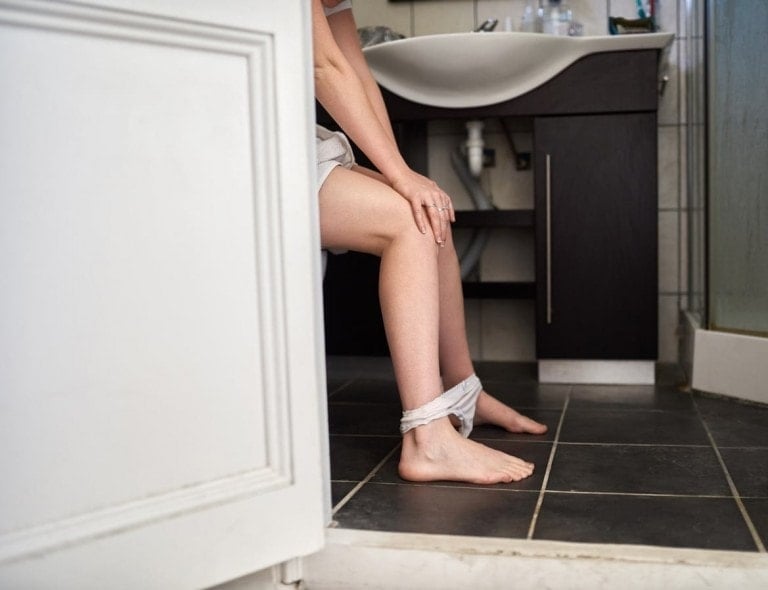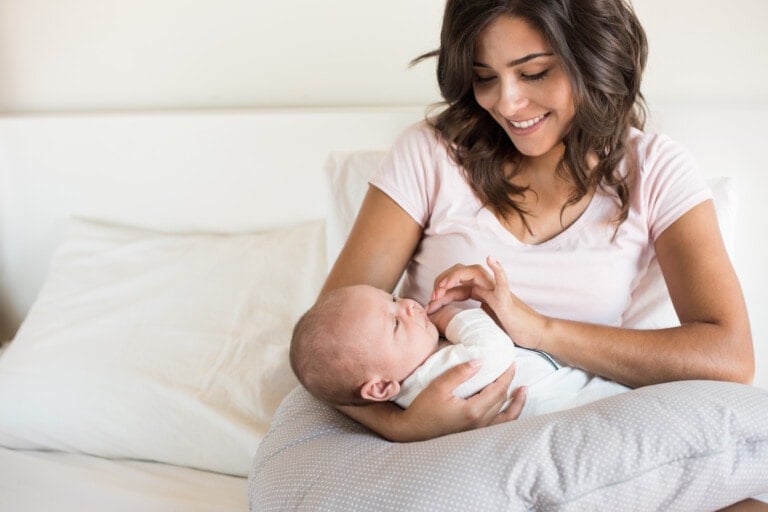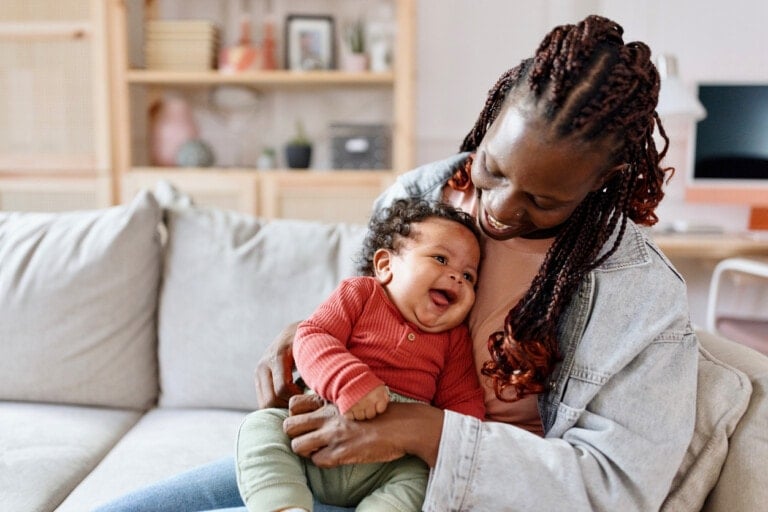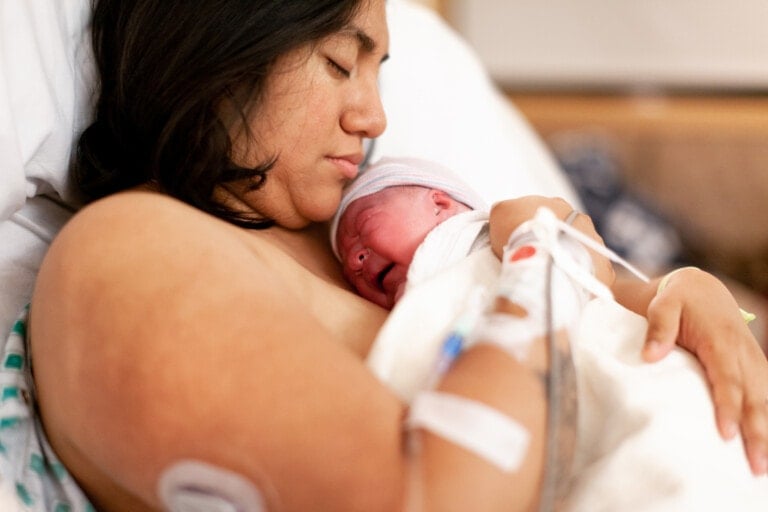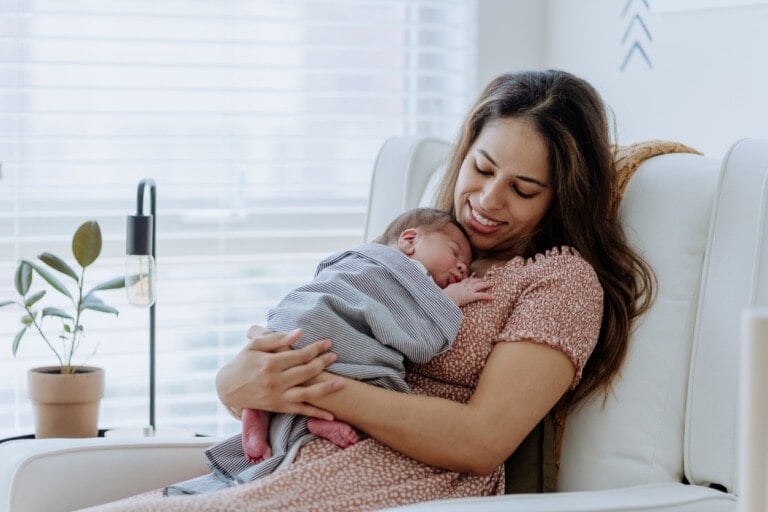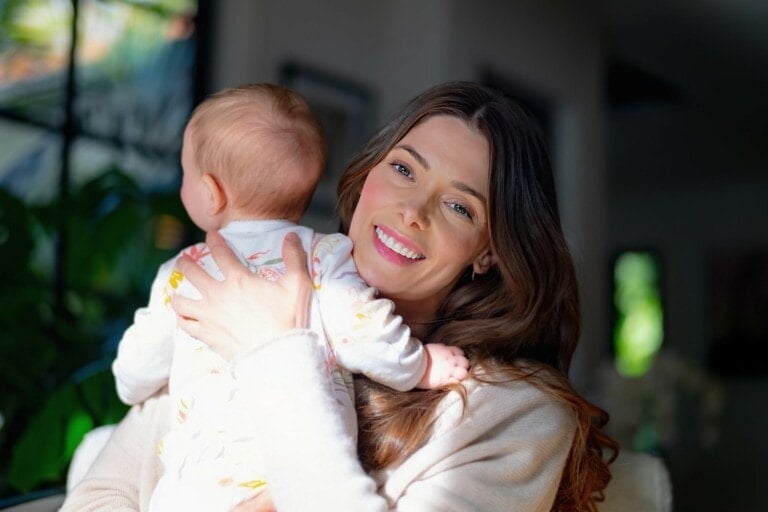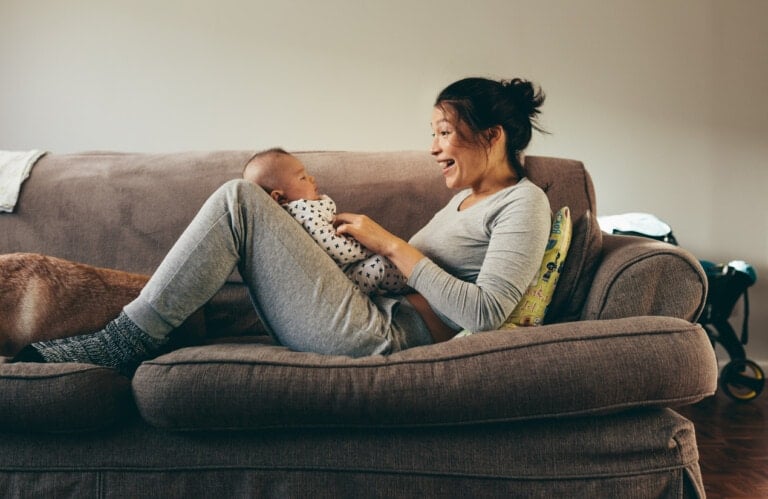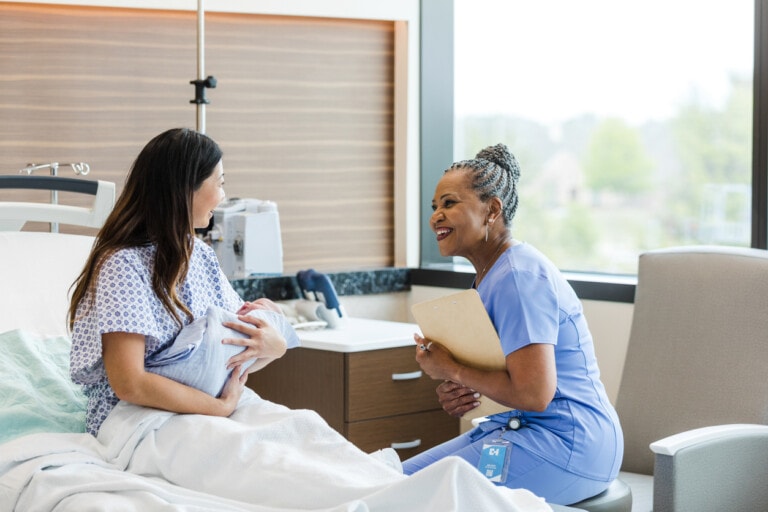Any woman who has given birth can tell you that the feeling of a squishy belly after several months of a firm belly feels a little weird. All of those months with your baby and uterus growing, your skin stretching, and your hips widening takes a toll on your body. Those first few days postpartum are something to get used to. You now don’t have the same balance because you don’t have the extra weight pulling you forward. You also don’t sleep in the same positions because now the baby isn’t in the way. But you still can’t go back to your pre-pregnancy positions either because the uterus still needs to shrink down.
Something many women don’t often think about, though, is that the baby, uterus, skin, and hips aren’t the only parts transforming. The muscles are also equally affected. The great news is, there are other things that you can do, besides just exercise and diet (and breastfeeding), to help get your body back—and potentially even better and quicker—to the way your body was! Here are two things you can do after having a baby to help you get your pre-baby body back.
1. Postpartum Massage
As a massage therapist myself—certified in prenatal, labor, and postpartum massage—I know how much impact a massage can make on a woman’s body before and after baby (or anybody, really – massage is wonderful). When you find a therapist with training and experience working with women post-baby, some of the things she concentrates on are stretching the back, lengthening the muscles, and balancing pelvic rotation.
During pregnancy, your muscles loosen up for labor, and your bones shift to allow for you to carry and give birth to your baby. After delivery, massage helps to tone up your muscles, shrink your tummy, burn some body fat, and bring in your hips and ribs after the hormone Relaxin made them widen and open. Postpartum massage is all about alleviating the strain of everything and regaining health. All of these things help bring your body back to your pre-baby self.
Doctors usually say the postpartum period is six weeks when the uterus shrinks back to its normal size, which is true. However, the ligaments in your body take two years to cinch back down into place. A newly postpartum woman has a wonderful open window to get herself into a better place muscularly than she was in BEFORE she was pregnant. Getting postpartum massages is a chance to work with your body and become stronger.
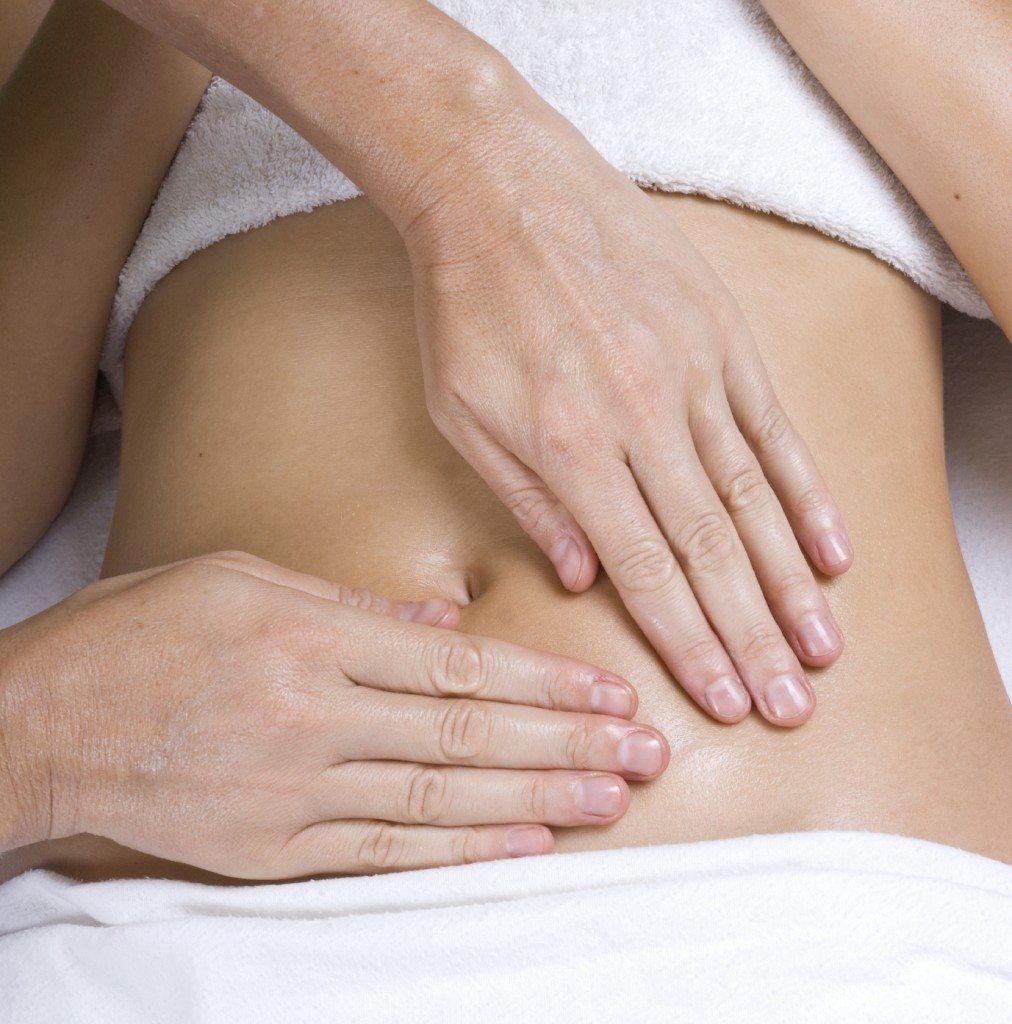
What Are Some of the Other Benefits of Postpartum Massage?
- Relieves lower back pain
- Relieves neck and shoulder pain – from carrying and breastfeeding a baby
- Scar healing – if you had a C-section
- Relieves headaches
- Reduces hand and wrist pain
- Corrects postural dysfunctions
- Reduces the chance of depression
- Improves weakness and fatigue
- Re-establishes pelvic alignment
- Supports healthy lactation
- Facilitates mom and baby bonding
- Reduces stress hormones
- Provides deep relaxation – so important when you become exhausted after night feedings
- Helps restore the uterus to its original state
- Aids in eliminating excess body fluids and reduces fluid retention
- Helps in weight loss by giving a new tone to your muscles
- Increases blood circulation
- Help you feel good about yourself – when you feel good about yourself, it is easier to meet the needs of your newborn
2. Belly Binding
Many women in the US are now familiar with belly binders and find corsets or store-bought belly binders (like the very popular Belly Bandit). But many women don’t know about the Bengkung belly binding method and its many benefits. First, let’s cover the basics just in case you are unaware of it all.
What Is Postpartum Belly Binding?
Typically using a cotton, muslin, or silk fabric, your abdomen is wrapped snuggly to support your body’s natural healing process. Belly binding has traditionally been used to support the postpartum body. It assists the abdominal wall muscle retraction, improves posture, supports loosened ligaments, and provides support to the torso while vital organs return to their pre-pregnancy size and position. Wrapping can be done over your clothes or under using an under wrap.
What Are the Benefits of Belly Binding?
There are several benefits of postpartum belly binding, including:
1. Repairing Diastasis Recti
During pregnancy, the growing uterus stretches the muscles in the abdomen.1 This can cause the two large parallel bands of muscles that meet in the middle of the abdomen to separate — a condition called diastasis recti or diastasis recti abdominis. The Malaysian technique of Bengkung binding helps bring those bands of muscles back together for the Linea Alba, or connective tissue, to strengthen and support the muscles more effectively.
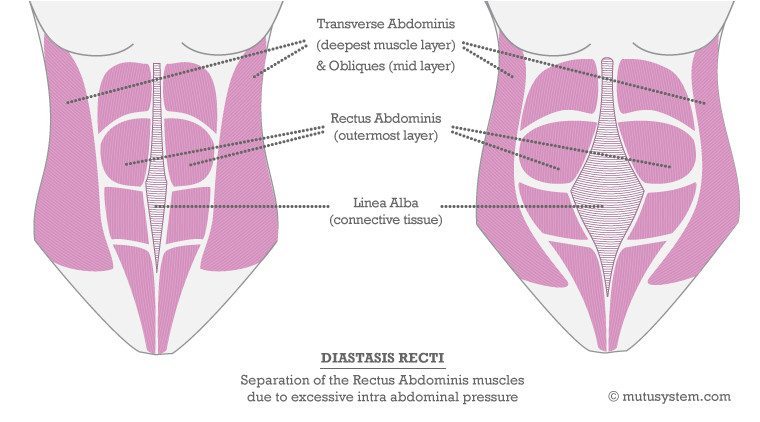
2. Pelvic Support
In addition to supporting the abdominal area, belly binding also provides support for your pelvic area. During pregnancy and childbirth, a woman’s body produces the hormone relaxin, which helps her body physically become looser and more flexible to birth her baby.2 When binding postpartum, you take advantage of the relaxin in the body by putting pressure on the hips and pelvis. This helps to get the pelvic area back to its pre-pregnancy state more easily. This also helps to firm and support the areas that are still loose from pregnancy as the relaxin reduces in the body.
3. Lower Back Support
The Bengkung method of binding is also helpful in supporting the lower back. It is well known that the abdominal muscles have a direct relationship to the back muscles.3 They are both key components of a muscular network and provide the strength to keep the body upright and for movement. When these core muscles are in poor condition, additional stress is applied to the spine as it supports the body. This can make you more prone to back injury or back pain. With the abdominal support, the back is supported as well. Having lower back support helps to reduce strain and improves posture.
4. Emotional Benefits
Not only that, but many women also enjoy the modesty of being able to breastfeed without their belly being exposed. And enjoy taking care of their bodies and focusing on their recovery and healing process. They can take that time out each day for self-care and get in touch with their new self and their new role as a mother.
Unlike store-bought belly binders, the Bengkung method of belly binding is incredibly adaptable to your specific body type, size, and shape. It uses cotton, muslin, or silk fabric. As your postpartum body changes and shrinks down, you can rewrap yourself to accommodate your transforming body. Standard belly bands don’t support your hips and ribs and can be bulky and uncomfortable. They usually go around the belly and focus on the abdomen shrinking.
If you’re wondering when is the right time to do this post-baby, it is recommended that for a vaginal delivery, you be wrapped within the first week postpartum. And if you have had a cesarean, then 4-6 weeks postpartum with a doctor’s approval. You will continue to wrap for each day, for about 10 hours, up to around the 40-day mark.
Did you use postpartum massage and belly binding to heal and help you get your pre-baby body back?













